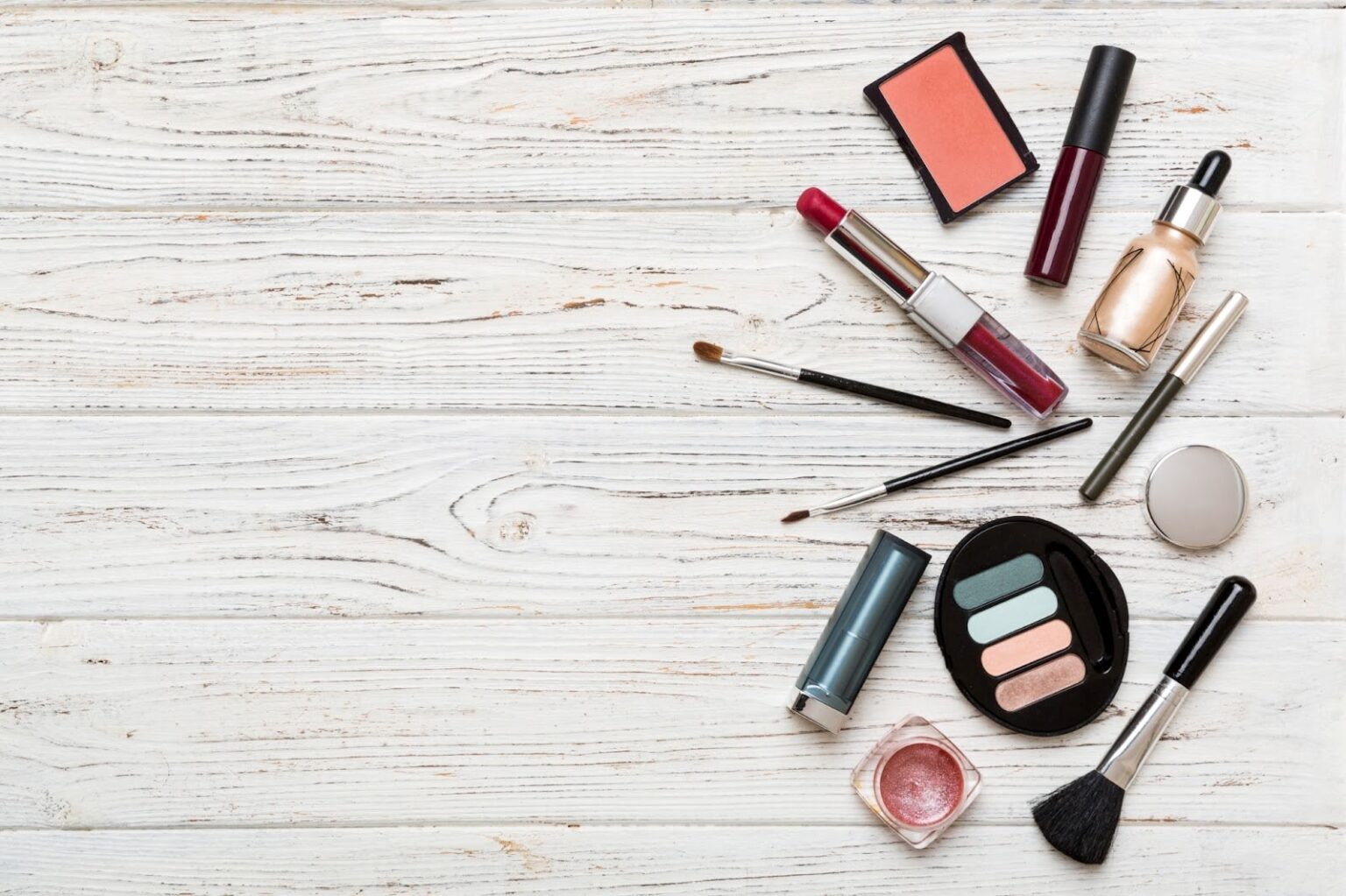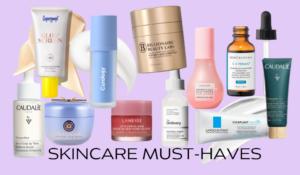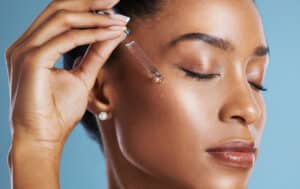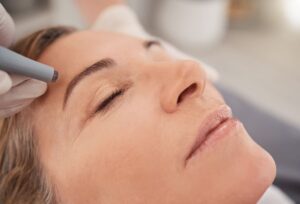The raw materials used in your favorite serum, sunscreen, or hair conditioner determine how they turn out. High-quality ingredients make high-quality products. For this reason, learning what goes into cosmetics products is crucial, especially if you are a hobbyist or considering joining the sector. Raw ingredients used in cosmetics evolve with consumer needs, and adequate supply ensures manufacturers can provide products that meet the relevant standards. A company like Sophim would suit a brand that focuses on natural products. Whether you make your own beauty products or think about upgrading your brand, then you need to know the best suppliers to partner with. For that, you should understand a few elements in the world of cosmetic ingredients supply.
The Growing Demand for Natural Ingredients

A global rise in the demand for natural cosmetic ingredients has seen the industry grow dramatically in the past decade or so. Consumers are growing more cautious of the materials included in beauty and personal care products. Increasing awareness of the risks that some of the popular chemicals in cosmetics pose contributed to this. For a long while, manufacturers used various chemicals, some of which have been banned in different countries. Mercury, isobutyl paraben, and formaldehyde are some compounds that cosmetic companies use in a wide range of products but are not highly restricted or outright banned due to their harmful effects. The high risk of cancer and other health conditions that certain ingredients come with changed consumer patterns, with most people preferring natural products.
For this reason, the sector experienced a surge in demand for raw materials like cocoa butter, green tea, coconut oil, arrowroot powder, shea butter, and soy seeds. According to Allied Market Research, the natural and organic market is estimated to be worth $59 billion by 2031, a 5.3% CAGR from 2022. These numbers indicate this sector is growing quicker than the overall cosmetics industry. The same report shows that in 2020, ‘natural’ was the top claim by brands in beauty and personal care. Manufacturers are striving to satisfy the continued demand for herbal, upcycled, and organic products.
Today’s consumer is more health conscious and better educated than two decades ago, meaning a change in purchasing behaviors. Buyers want products that use safe, high-quality, and innovative raw materials, a demand that any reputable cosmetic ingredients supplier must take seriously. The sector is also seeing a surge in the adoption of marine compounds. Research shows that some ingredients from marine resources have properties useful in cosmetic manufacturing, such as anti-aging, antioxidant, ultraviolet defense, anti-allergic and anti-wrinkling. Algae is one compound that is proving invaluable in developing premium quality beauty and personal care products. A major shift towards sustainability is another factor affecting the direction of the cosmetic raw materials supply market. Companies and consumers are becoming more environmentally conscious and eager to reduce their carbon footprints. So, suppliers are leaning towards eco-friendly and ethical sourcing.
What Defines a Good Cosmetics Raw Materials Supplier
Cosmetics manufacturing requires companies to work with multiple suppliers. A single formula can have more than 10 ingredients, meaning sourcing them from different places. Whether you are a cosmetic chemist or a hobbyist, you should be aware of the work that goes into sourcing ingredients. Even when buying small amounts, learn what separates reputable suppliers from mediocre ones. The internet made sourcing raw materials for personal care products less complicated because you can use different resources to find registered ingredient vendors. Nevertheless, you need to know what to look for. The following criteria should help.
The Supplier’s Reputation

What do you know about the vendor you intend to use? For starters, check if you are dealing with a registered company. Next, look at the certification and membership. If the company provides vegan, gluten-free, or organic ingredients, does it offer certification to prove it? It’s not uncommon for vendors to use popular terms solely for advertising. A vendor should assure buyers that its raw materials are safe. Certification is not always mandatory, though, but you should be able to trust the source of your ingredients. Beauty and personal care products have particular manufacturing standards you must consider when sourcing raw materials. Therefore, ensure the supplier you choose adheres to industry regulations.
Information Transparency
How a vendor communicates with buyers is crucial. If you only want to deal with a fair trade vendor, which should always be the case, then the company should be forthcoming with that information. Knowing how a supplier gets its ingredients, its safety standards, and certification allows you to make an informed decision. Check if the company has a Material Data Safety Sheet (MSDS) and Certificate of Analysis (COA), where needed. For instance, vendors in the EU don’t require MSDS for materials not considered dangerous. If you are getting essential oils, an allergen certificate and a certificate from the International Fragrance Association are plus points. The more open a supplier is, the better you can inform your consumers.
Ingredients Labeling

Be careful with the labeling of raw materials. The International Nomenclature of Cosmetic Ingredients (INCI) is the global system of names for cosmetic raw materials based on their scientific or Latin naming. Beauty and personal care products must have INCI names on the labels to show the precise ingredients used. Some suppliers name their compounds differently, which can be confusing. Confirm that the names a vendor uses match the INCI.
Company Claims
You might come across suppliers that claim their raw materials have unique properties, like curing eczema. Be careful not to fall for outrageous claims from cosmetic ingredient vendors. Also, watch out for vendors who pass along claims they cannot substantiate from their sources.
Learning about the supply of cosmetics ingredients is vital to succeeding in the sector. How you source raw materials determines the quality of your products.







